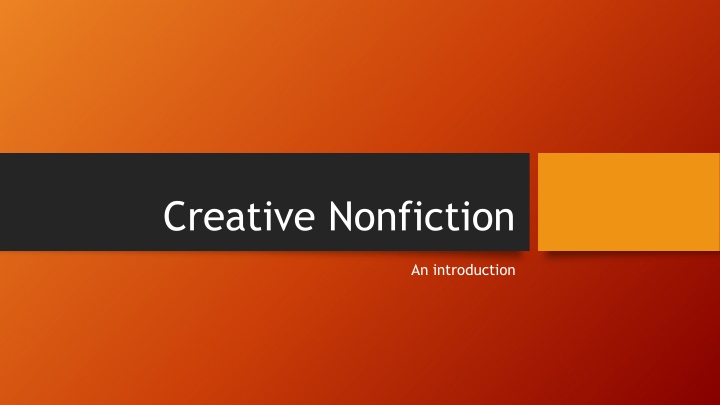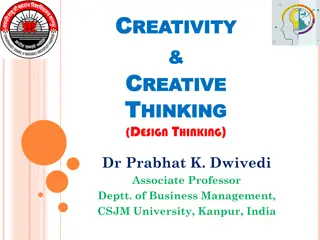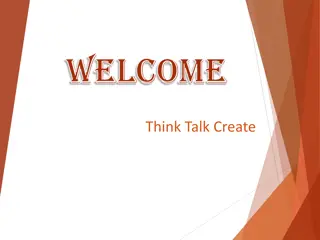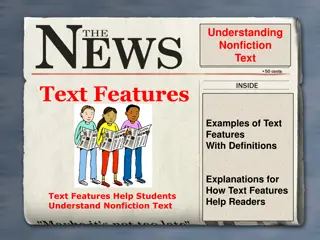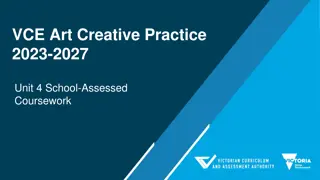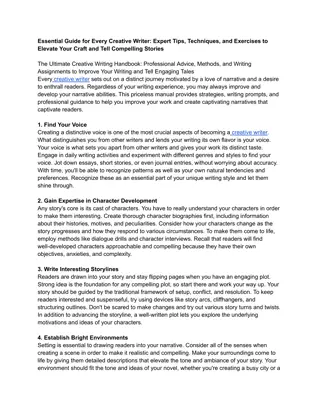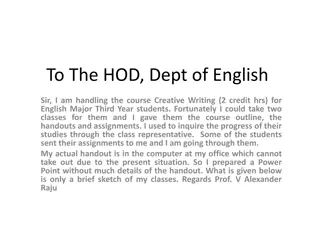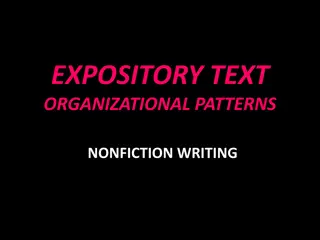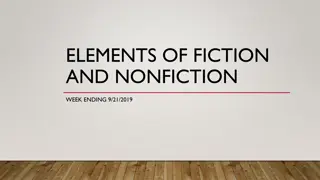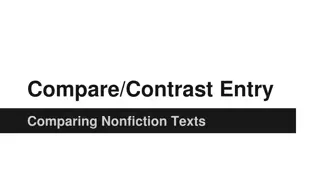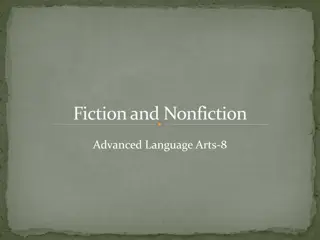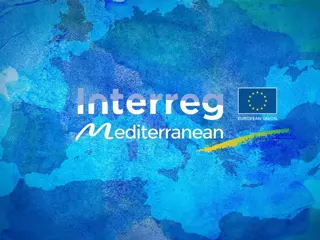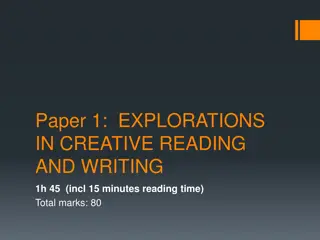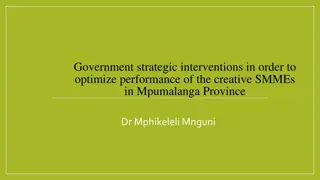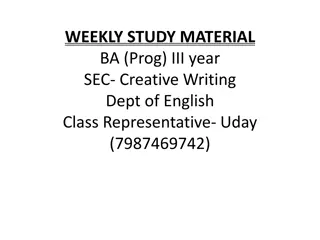Creative Nonfiction
Delve into the world of creative nonfiction with this engaging introduction. Discover how this unique genre blends storytelling with factual accuracy to captivate readers. Explore the craft of writing creatively while staying true to reality. Uncover the art of shaping real events into compelling narratives that resonate with authenticity. Whether you're a seasoned writer or a curious reader, this introduction will pique your interest in the diverse world of nonfiction storytelling.
Download Presentation

Please find below an Image/Link to download the presentation.
The content on the website is provided AS IS for your information and personal use only. It may not be sold, licensed, or shared on other websites without obtaining consent from the author.If you encounter any issues during the download, it is possible that the publisher has removed the file from their server.
You are allowed to download the files provided on this website for personal or commercial use, subject to the condition that they are used lawfully. All files are the property of their respective owners.
The content on the website is provided AS IS for your information and personal use only. It may not be sold, licensed, or shared on other websites without obtaining consent from the author.
E N D
Presentation Transcript
Creative Nonfiction An introduction
Initial Writing Exercise: What Do You Know? What are you an expert on? What is something you know more about than just about anyone? Write for a paragraph.
What IS Creative Nonfiction (CNF)? Something true (but how true? True-ish? Truthiness?) How is CNF different from journalism & academic writing? true stories, well-told : CNF uses devices from fiction and literary work How is CNF different from journaling, diary, etc? Audience! (We assume there is one, for CNF.) But what IS CNF? No one knows! There s disagreement about definitions of term & genre, even whether it IS a genre. So: this means you can do whatever you want in it! Right?
Why write CNF? (assuming it exists) You have a (true) story to tell You know something other people don t To find out what you know (Michel de Montaigne) For publication Markets for CNF (Weber CW link) To promote yourself and your work (GLR link)
Attributes of CNF Truth emotional truth ? Unreliability of memory Altering info to make it a better story? Authorial presence: Voice? Direct address, I voice? Structure Conventional, linear, chronological? Nontraditional? We tend to be more accepting of narrative risks in CNF.
Truth Very concerned with truth Not so much Authorial Presence No discernible author s voice Very present author Structure Very conventional Big narrative leaps
Two Kinds of CNF: Essay v. Memoir Essay: Often uses little to no authorial presence Likely to use nontraditional or associative structure, juxtaposing unexpected observations Audience/purpose: to inform with a larger understanding Memoir: Personal element: it happened to you Clear authorial presence A defining moment, something that made you who you are today; what is the most important thing you want us to know about your life? Audience/purpose: a meaningful story we can relate to; character change element
Memoir writing exercise: Tell us the most important thing we need to know about you in a paragraph.
Creative Writing/Fiction Devices for CNF Tension Without a fiction story s traditional shape of conflict and plot, what drives CNF? Other kinds of narrative tension Withholding information Bait & switch as a device Scene/description, Show don t Tell Five senses, and concrete imagery
One More Writing exercise: 5 senses/Scene Imagine a scene relating to either of your first two exercises. Something you can visualize!
One More Writing exercise: 5 senses/Scene Imagine a scene relating to either of your first two exercises. Something you can visualize! Now: describe that scene, using imagery from all five senses. Don t worry about telling us information, or explaining! Just describe this scene, for a paragraph or two.
